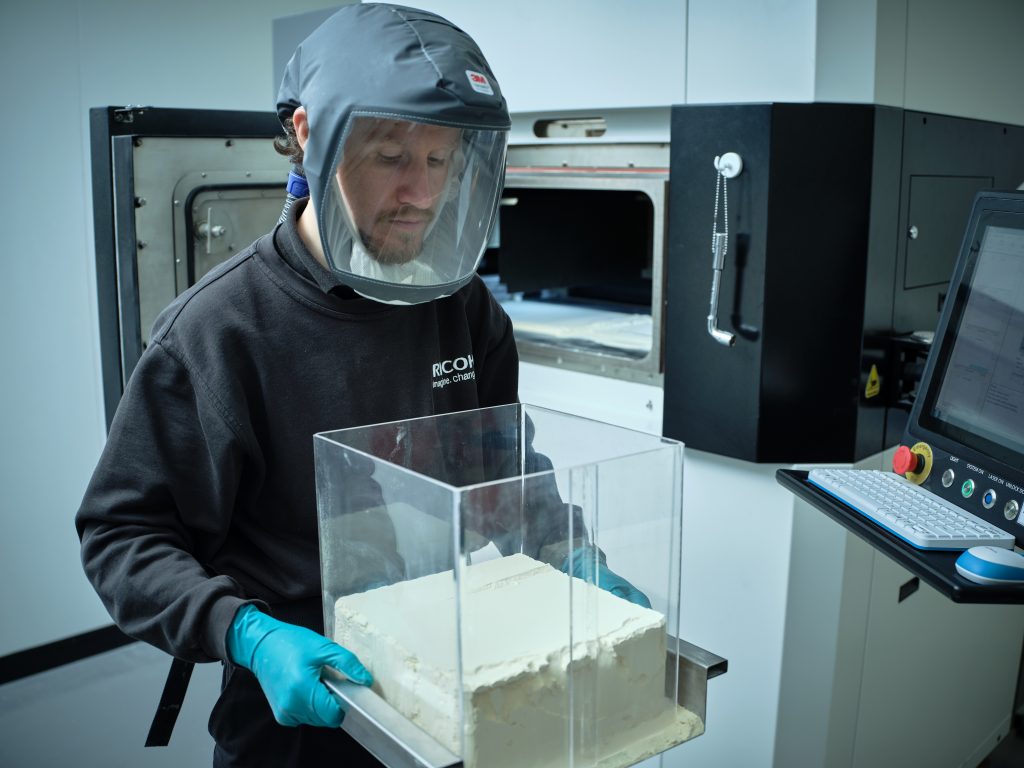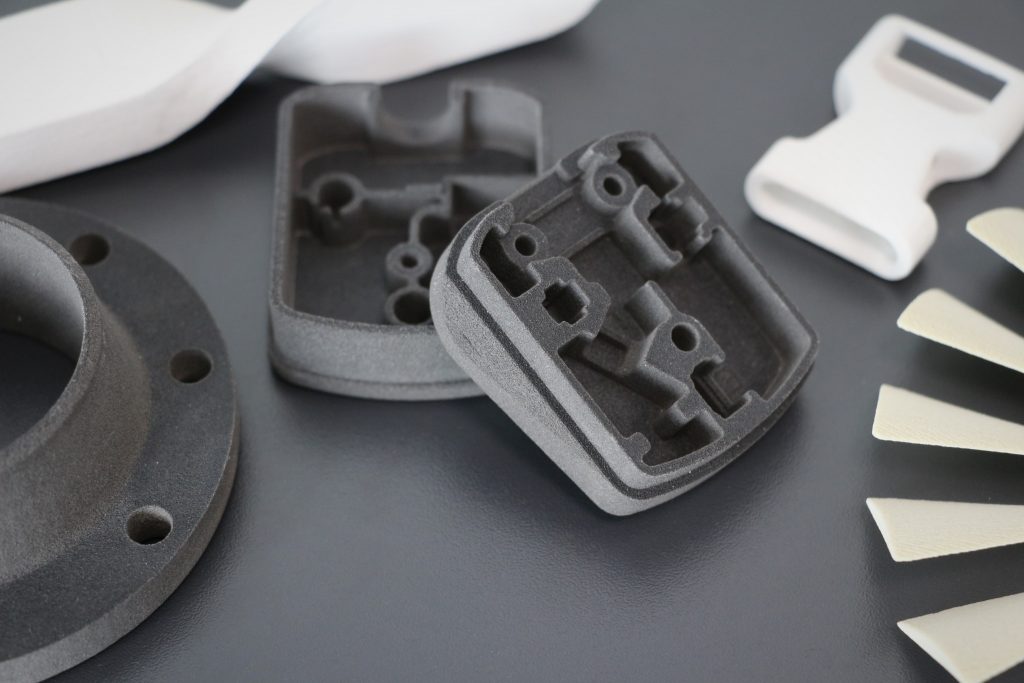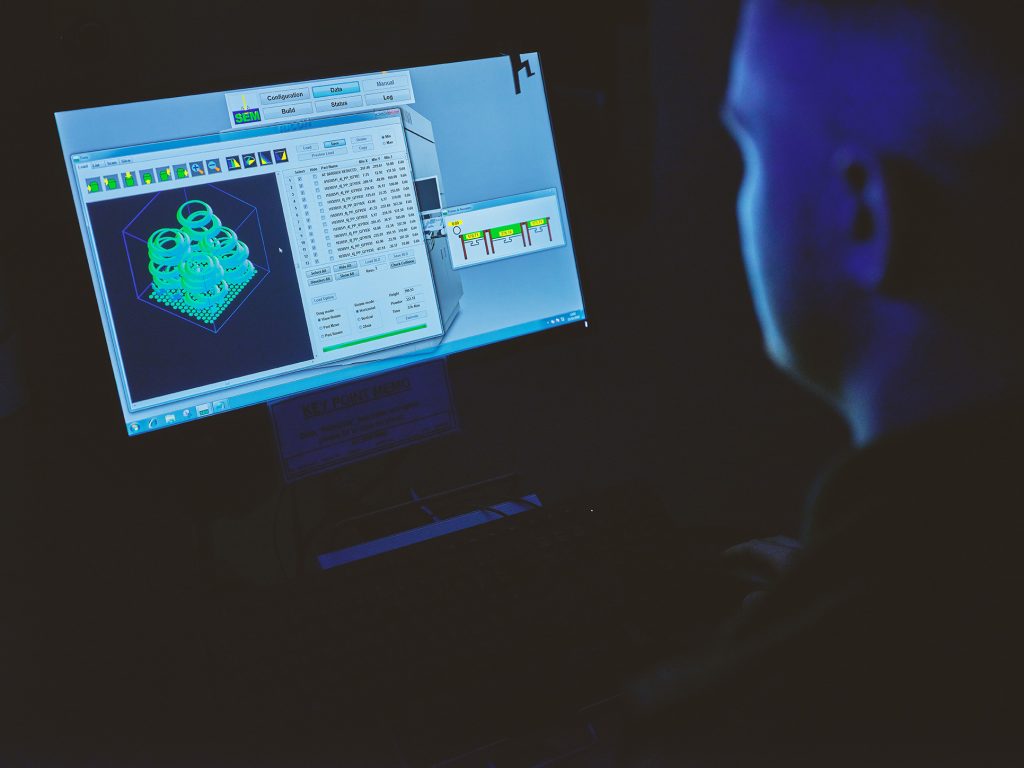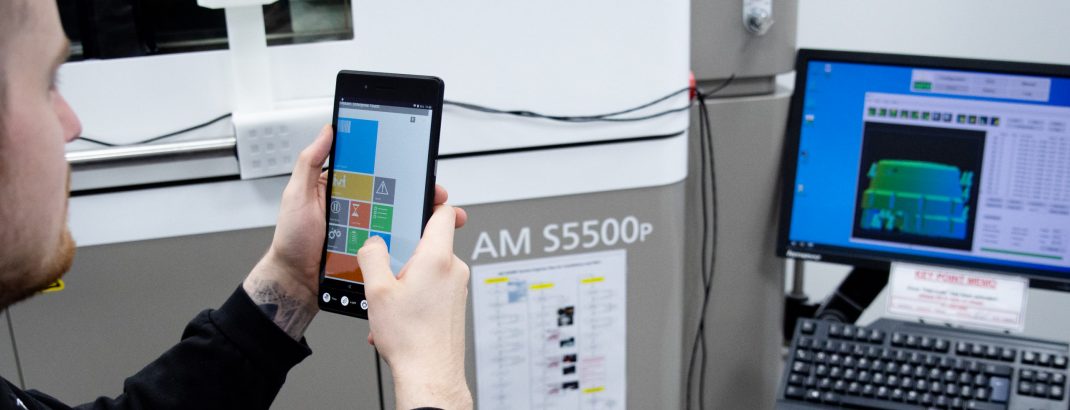As part of our ‘What are the advantages of 3D printing?‘ series we’re taking a closer look at each of our top ten factors. In this article we explore the impact of 3D printing on the supply chain.
The concept of using 3D printing to reimagine and streamline the supply chain has been a topic of conversation in the additive manufacturing (AM) community for many years, but the disruption experienced as a result of the coronavirus pandemic has taken it from a future vision to a serious consideration for survival, accelerating the acceptance of 3D printing for end-use parts.
When the coronavirus first hit Europe at the start of 2020, many manufacturers discovered the hard way that their supply chains were not as resilient as they believed. Almost 75% of supply chain executives reported major supply chain disruption in 2020.
Supply chain transformation is one of the benefits of 3D printing that is very rarely factored in to the business case, but can have some of the most impactful and far-reaching effects. This is, in part, due to the fact that 3D adoption tends to be engineer or designer led, rather than by procurement specialists. In order for the full end-to-end benefits of AM to be realised within an organisation it needs buy-in at all levels. Typically, the supply chain is dictated by part cost and the need for low cost manufacturing, with little consideration into the finer details of that supply chain and its resilience to unforeseen or extra ordinary events. All decision factors where AM could play a role are overlooked by the need for a cost-driven supply model. Parts are therefore manufactured overseas in countries where manufacturing costs are much lower, such as China or India. The Covid-19 pandemic has forced companies to reassess the true value of low-cost driven supply chains, with many now starting to take note of not just AM can play a role in creating more agile supply chains, but in the other inherent benefits this technology offers.

On-demand production
The big advantage 3D printing offers is that parts can be produced on-demand and, in many cases, locally meaning they are received within hours rather than weeks. Once you have the CAD file for a part it can be replicated easily by any additive manufacturing business, reducing the risk of relying on one supplier and removing the need to hold a large inventory. Of course, the closer parts are built to the customer also has a significant environmental bearing, given the reduced carbon footprint of scaling down shipping.
Whether using hardware in-house or through the services of a printing bureau, of all the manufacturing technologies 3D printing champions the entrepreneurial spirit through its accessibility and “self-sufficient” style of production, without the need for additional tooling or vast factory space. The build-on-demand model leads to a reduction in stocked parts, which in turn removes the requirement for costly warehouse storage. This leads to a reduction in risk factor, especially for new products and businesses, with no need for minimum orders or large stocks of product for which there may never be demand.
Agility
The flexible nature of AM means it really doesn’t matter what is being manufactured by the technology; as there is no fixed tooling machines can be making a batch of small parts one day and a large one-off prototype the next. 3D printing is the most responsive manufacturing technology available today. If your product changes or design revisions are required, making changes is quick and simple and therefore doesn’t involve the delay in production supply that would be seen in conventional manufacturing, due to the lack of reliance on long lead-time tooling. Instead of changing up entire factory lines and worrying about production volumes or minimum order values, revisions are seamless and can be scaled up using exactly the same process.

Spare parts
One area that has developed significantly in recent years is the practice of using AM for the supply of spare parts. Spare part supply can be challenging for older legacy models, where producing low volume parts is often inefficient due to the minimum manufacturing costs usually associated with the expensive set-up of equipment such as injection moulding machines. These parts rely on tooling, which also has to be maintained. Groupe SEB were able to uphold their 10-year customer repair promise by reproducing a KRUPPS coffee machine drip tray using 3D printing, Re-tooling up for conventional manufacture would have been completely cost prohibitive in this scenario.
3D printing is redefining how spare parts are controlled and supplied, making way for the ‘one on the shelf’ concept whereby minimal stock is required to support customer demand. Once used, the parts are simply re-printed and stock replenished, optimising the supply chain and making large storage facilities for parts and their associated tooling redundant. This model has also proved very useful for the supply of spare parts for factory applications. At Ricoh UK Products Limited, the home of Ricoh’s European toner bottle manufacturing and filling, engineers onsite are swapping out critical factory jigs and automation tooling to 3D printed versions.

Conclusion
What Covid has made clear is that a part-by-part supply model carries high risk, and doesn’t begin to take into account the benefits of 3D printing to the whole production ecosystem. Supply chains do take a long time to reengineer, especially as most manufacturing is optimised for mature technology, but now is the time for companies to reassess their supply chain beyond the physical part as 3D printing emerges as the “mainstay of supply chains”.
